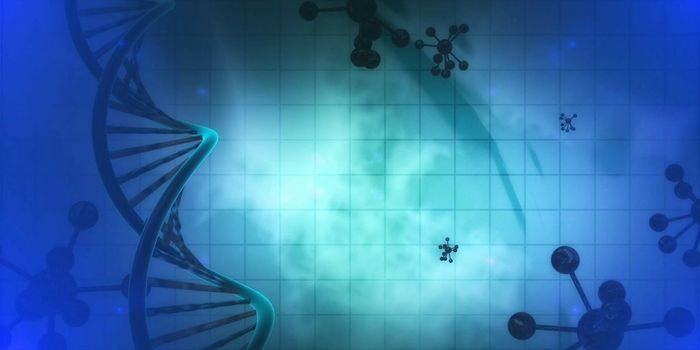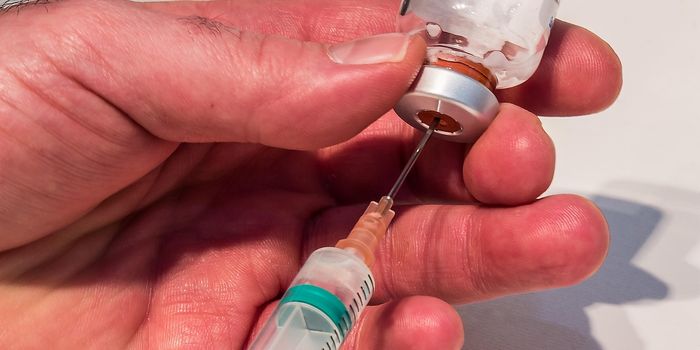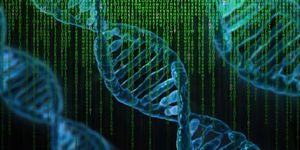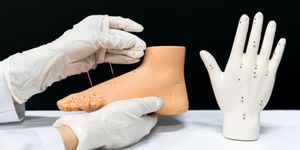A Genomic Scan Detects Cancer-Driving Mutations
Cancer develops when the DNA in our cells becomes altered, resulting in a gene mutation. DNA alterations can occur naturally when a cell is dividing, and usually, our body elicits mechanisms of DNA repair to fix the damage. However, when DNA repair is not successful, a mutation can occur. Environmental exposures such as radiation or cigarette smoke can also cause mutations. While some mutations have no impact, others undergo uncontrolled replication, leading to cancer.
Passenger mutations, which do not elicit excessive cellular replication, make up the majority of the cancerous mutations. Driver mutations, characterized by the ability to “drive” tumor growth, only constitute a small portion of the mutational landscape. Driver mutations elicit various mechanisms to drive tumors, including stimulating cell growth, preventing cell death, or promoting tissue invasion.
The genome of a tumor is often heterogeneous, meaning there is a high degree of variability from cell to cell. This complexity makes it challenging to distinguish driver versus passenger mutations. Identifying which mutations drive tumors can provide invaluable information. For example, understanding specific driver mutations present in a patient can help doctors optimize treatment regimens. Additionally, characterizing driver mutations that commonly appear will significantly advance drug development by pinpointing new targets for cancer treatment.
To address the challenging heterogeneity of the tumor genome, a group of researchers at the Massachusetts Institute of Technology has developed a computer program to survey the tumor genome and isolate mutations that occur at a high rate. The research team recently published a detailed explanation of the computer model, called Dig, in Nature Biotechnology.
The researchers mapped the mutational rates for 37 different cancer types from the Pan-Cancer Analysis of Whole Genomes (PCAWG) dataset. This detailed map produced an accurate model of the expected number of passenger mutations in the genome. Detailing the passenger mutations allowed the researchers to identify regions with a higher-than-expected accumulation of mutations, suggesting the likely presence of driver mutations among the anticipated passengers.
Using Dig, the researchers report that driver mutations, while present at low frequency in individual cases, collectively contribute to driving cancer progression in up to 10% of tumors that carry higher-than-expected mutational loads. The authors conclude that Dig can improve the usability of a growing body of cancer genome data.
For more information on the cancer genome, see previous Labroots’ articles on Whole Genome Sequencing (WGS), The Cancer Genome Atlas (TCGA), and the PanCancer Atlas.
Sources: Science (Vogelstein), Science (Martincorena), Nature, Cell (Hanahan), Nat Biotech, Cell (Hutter)









